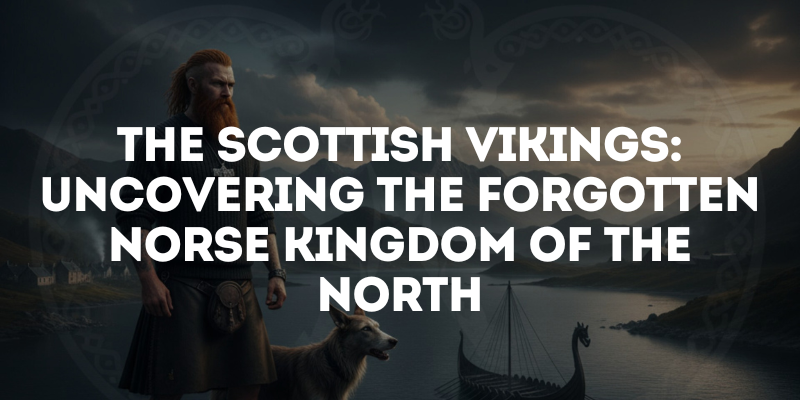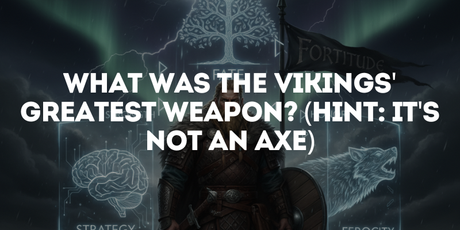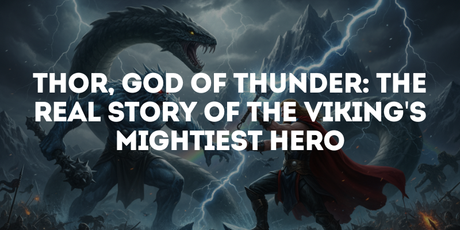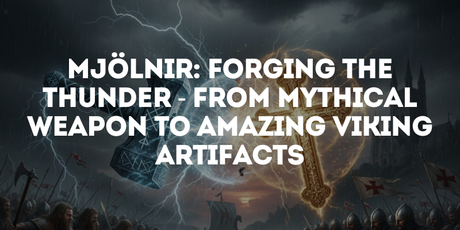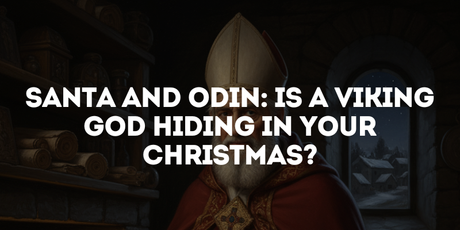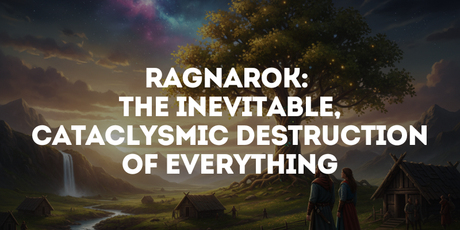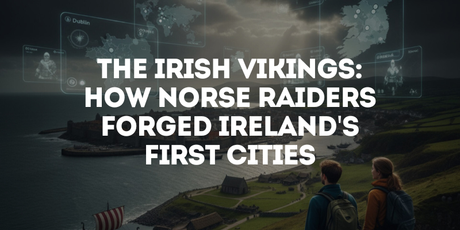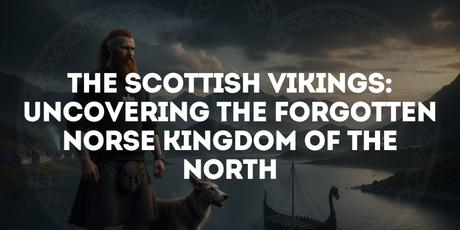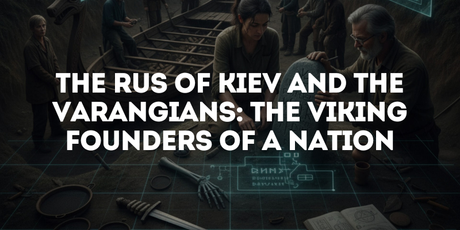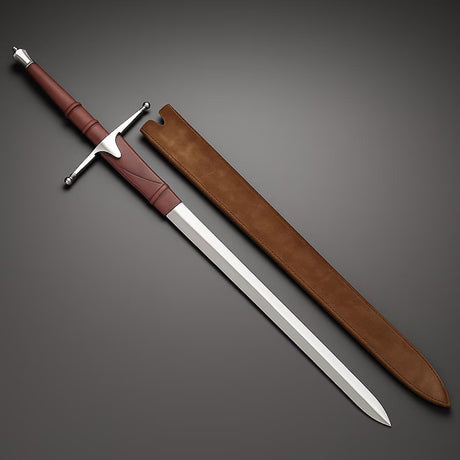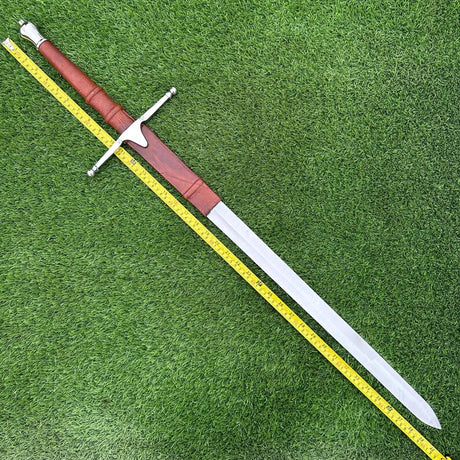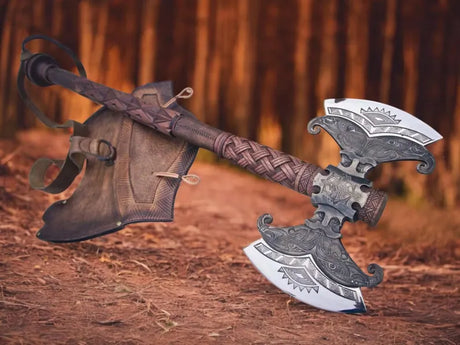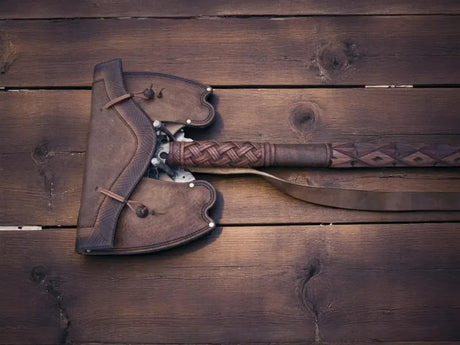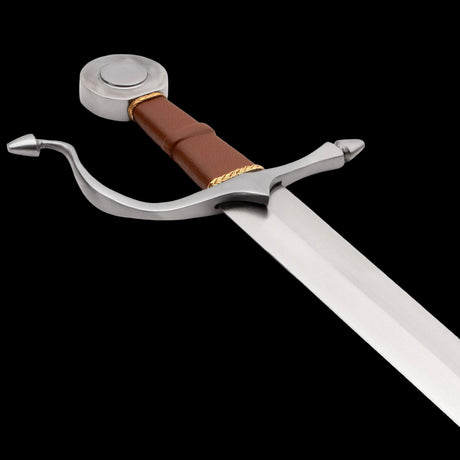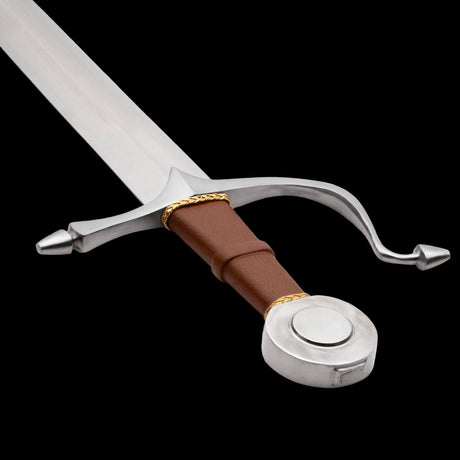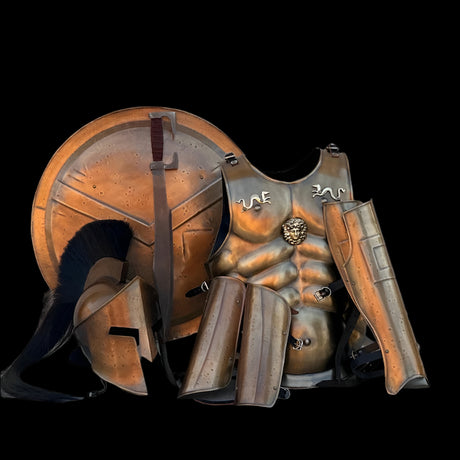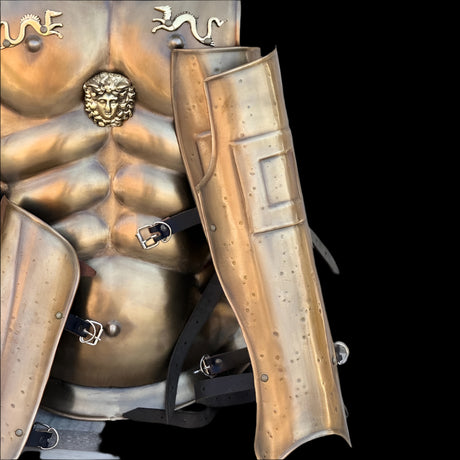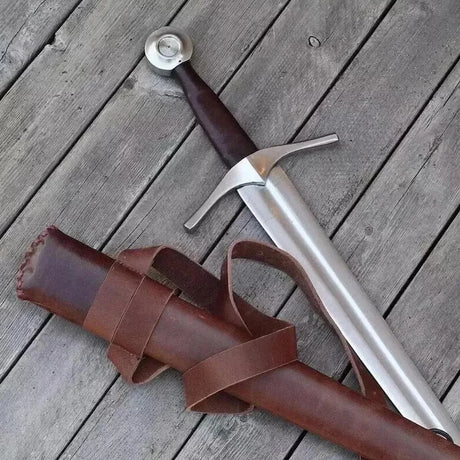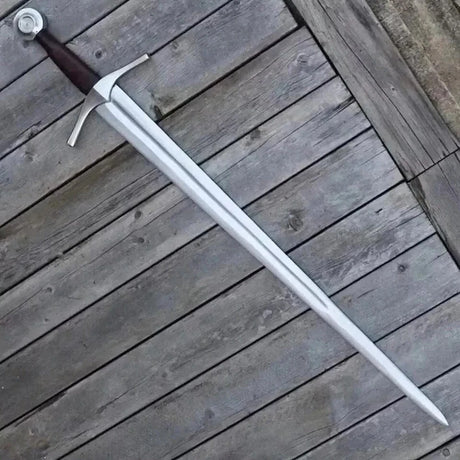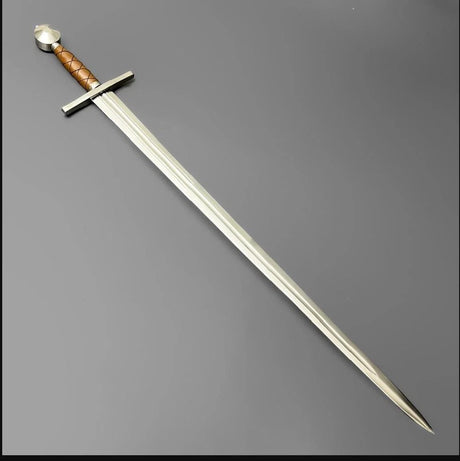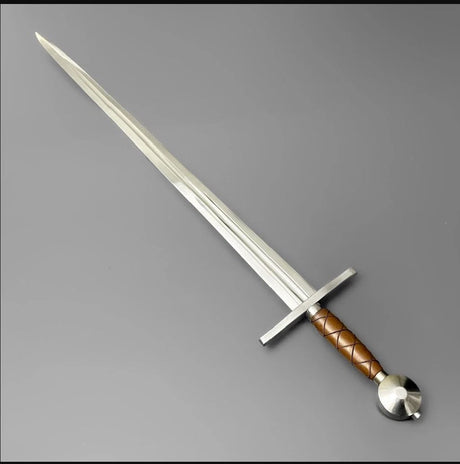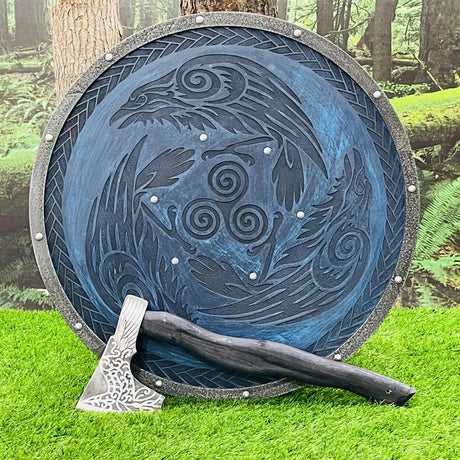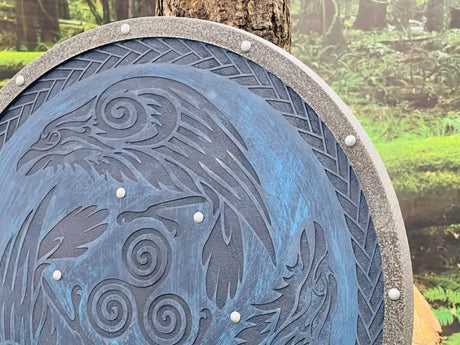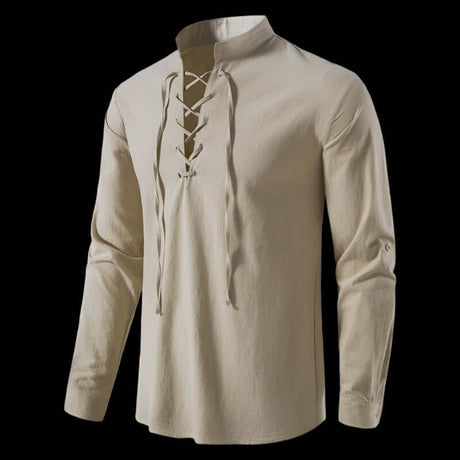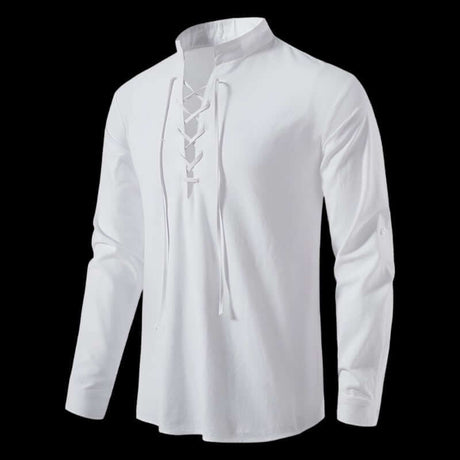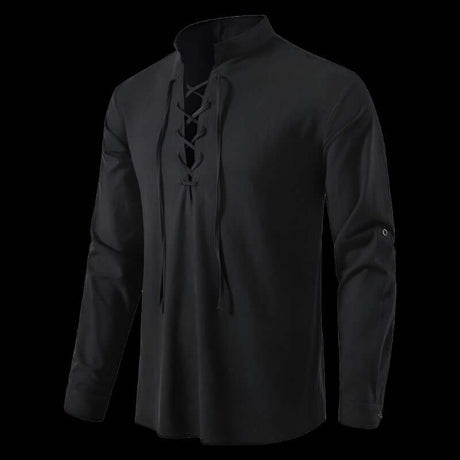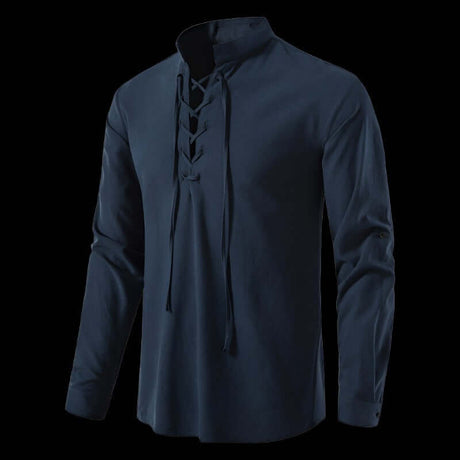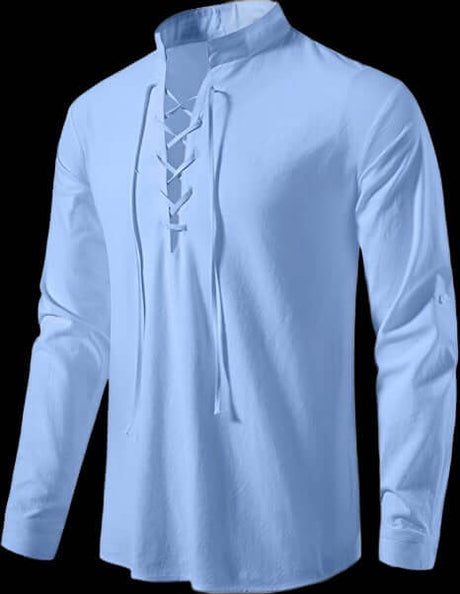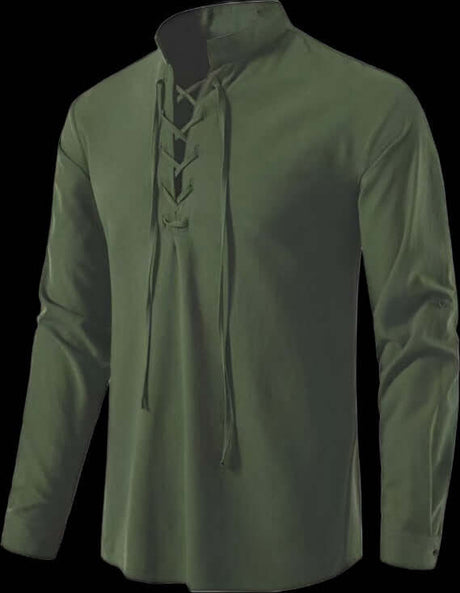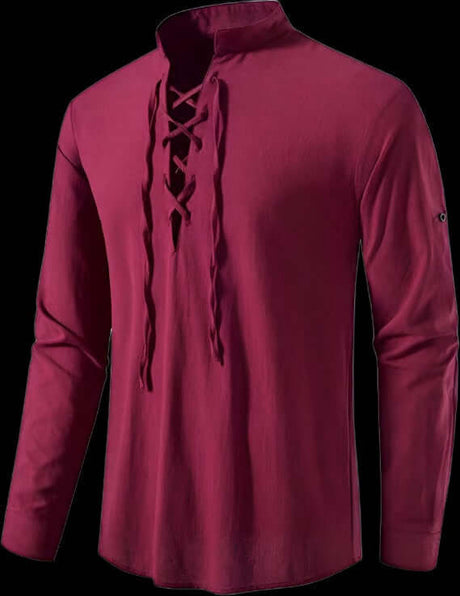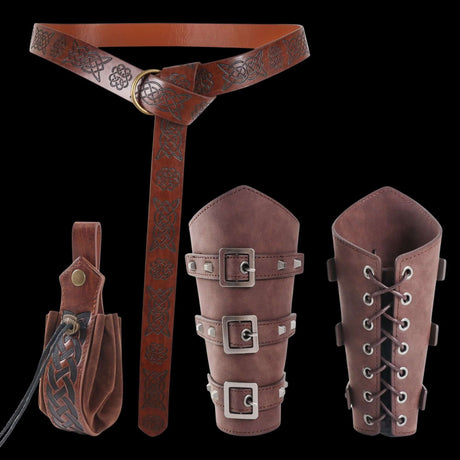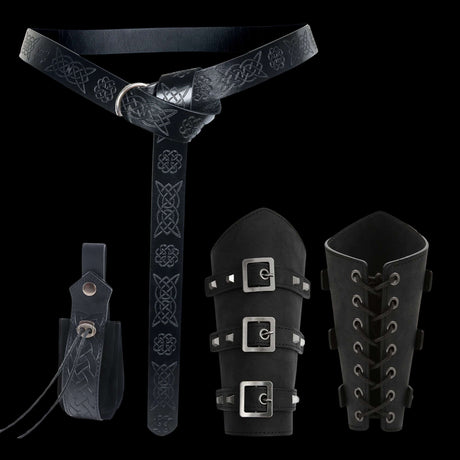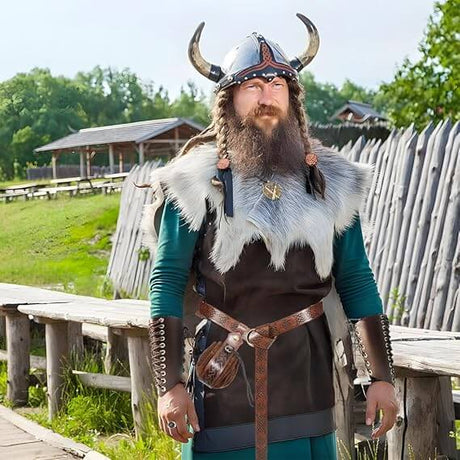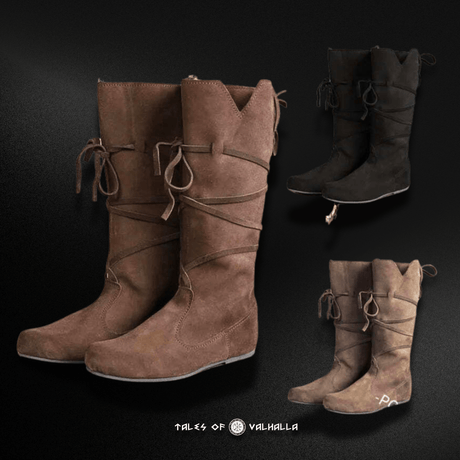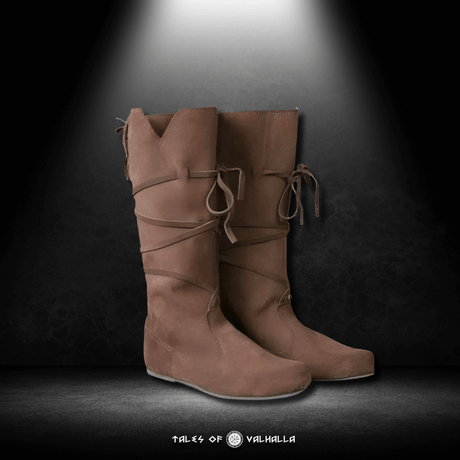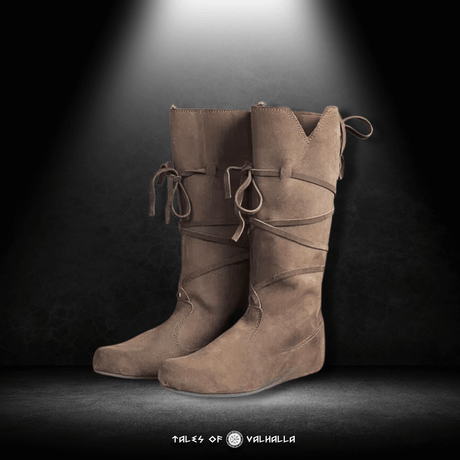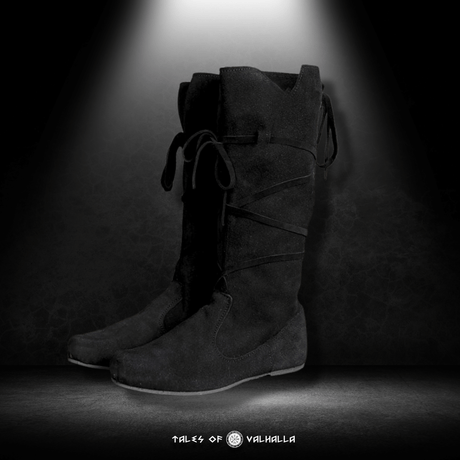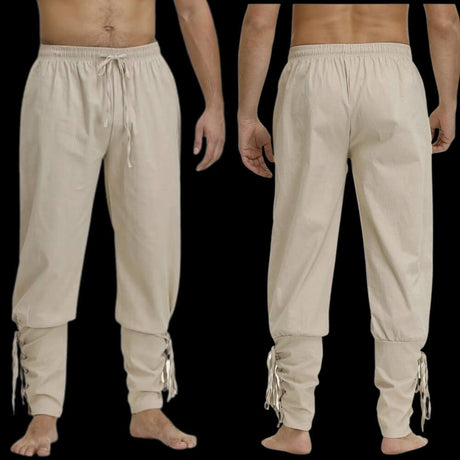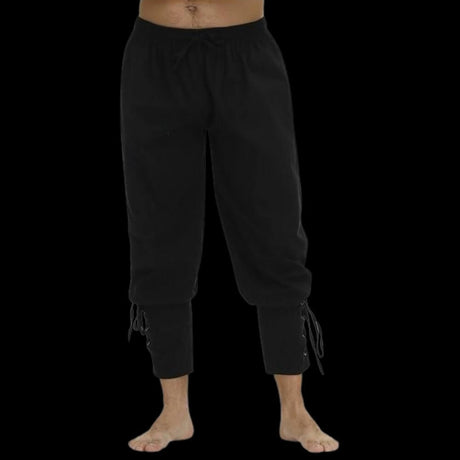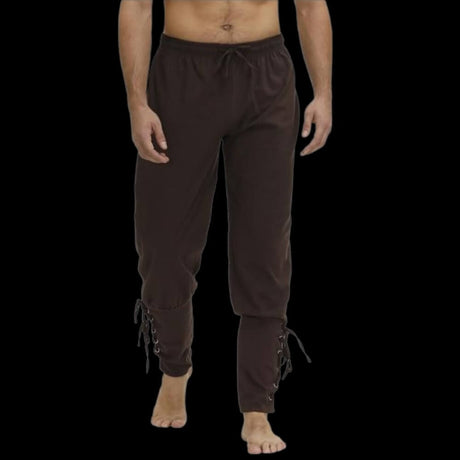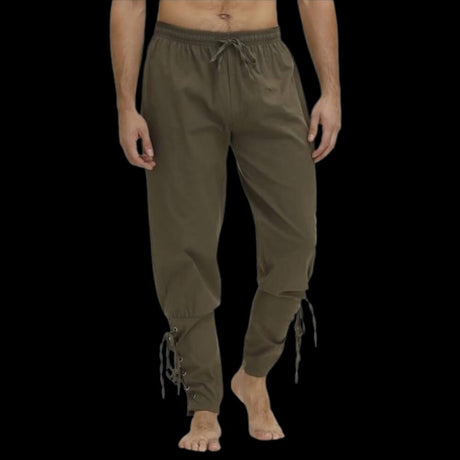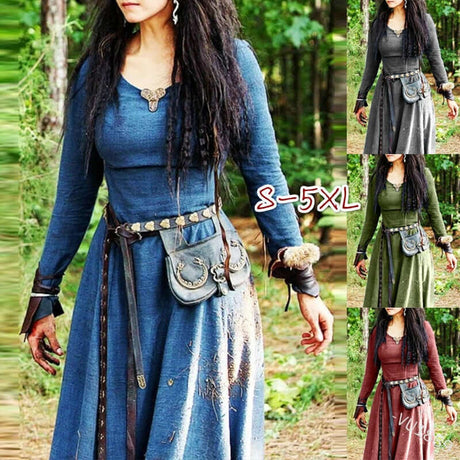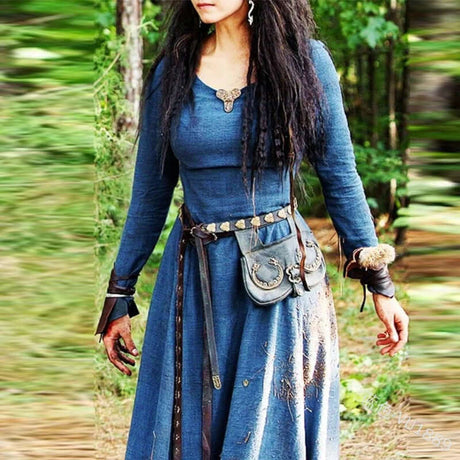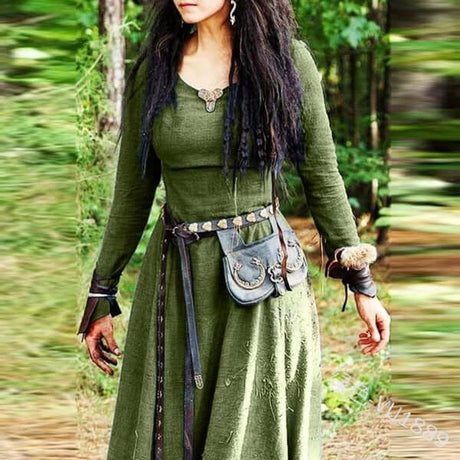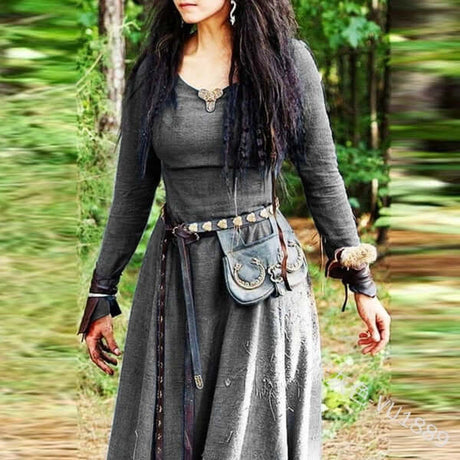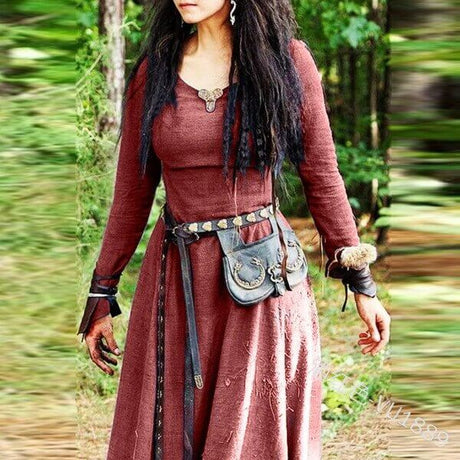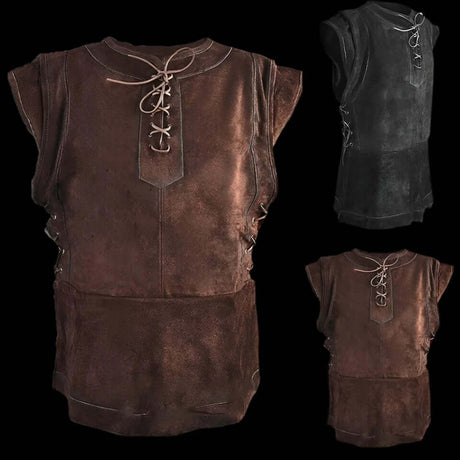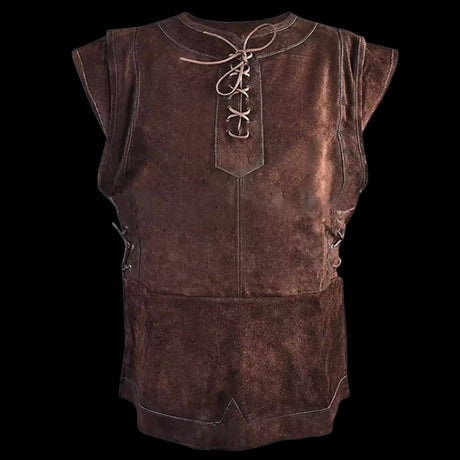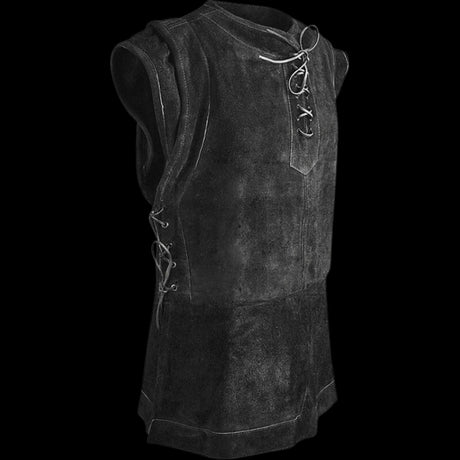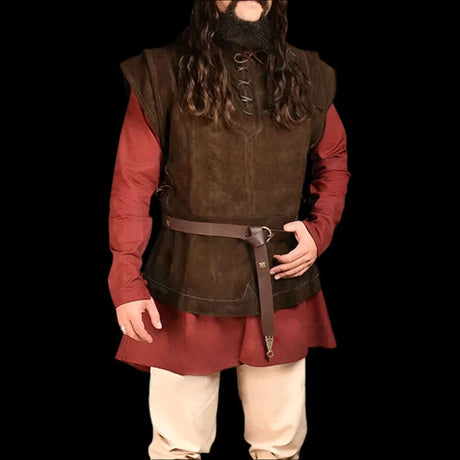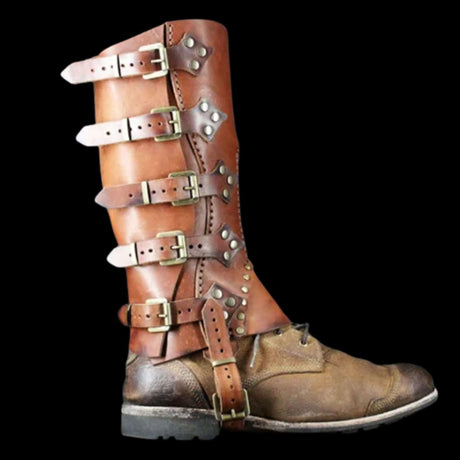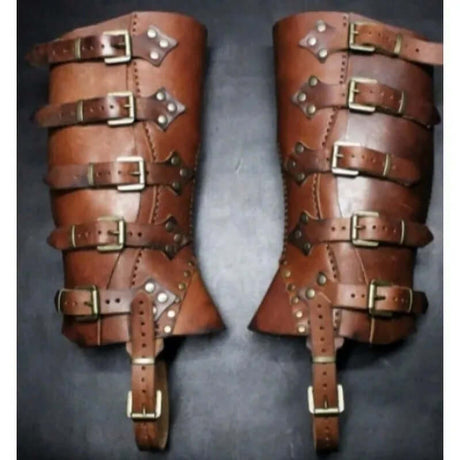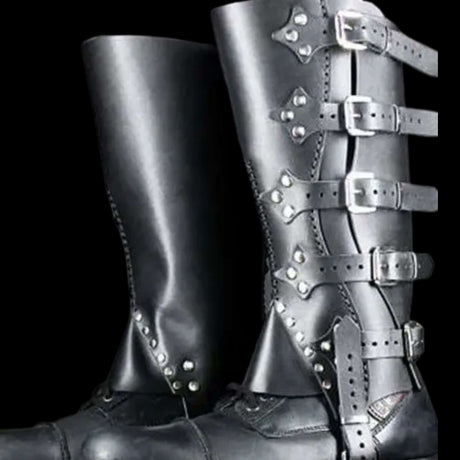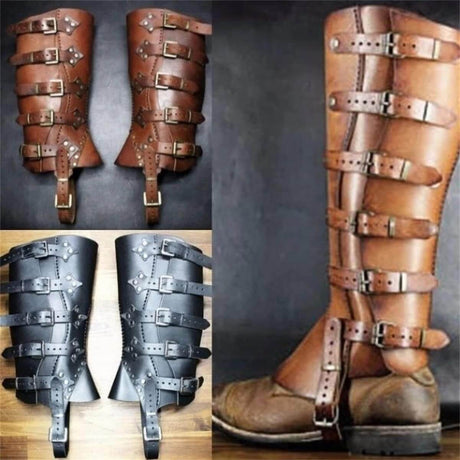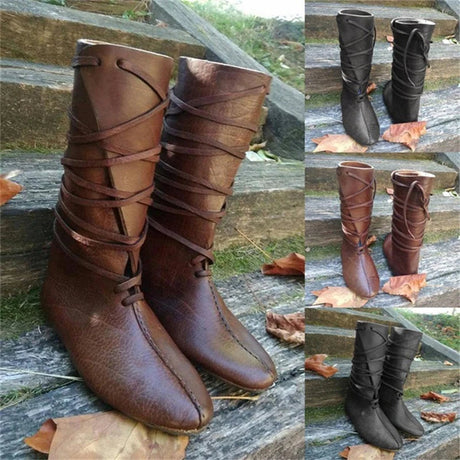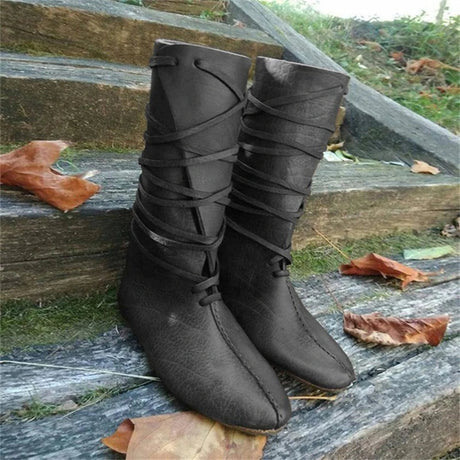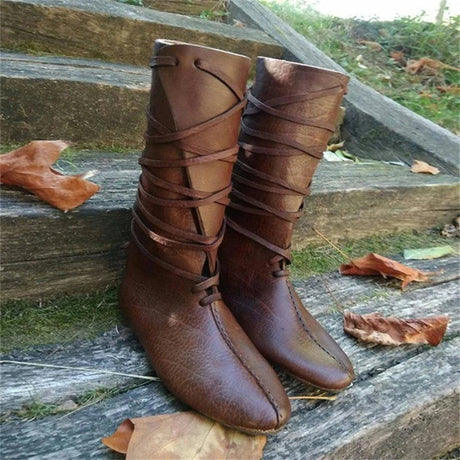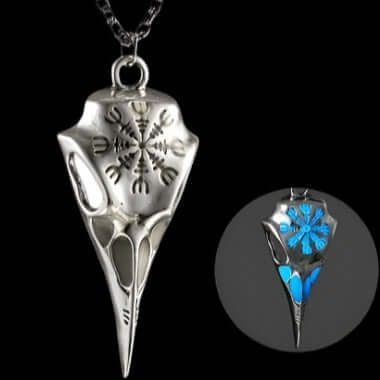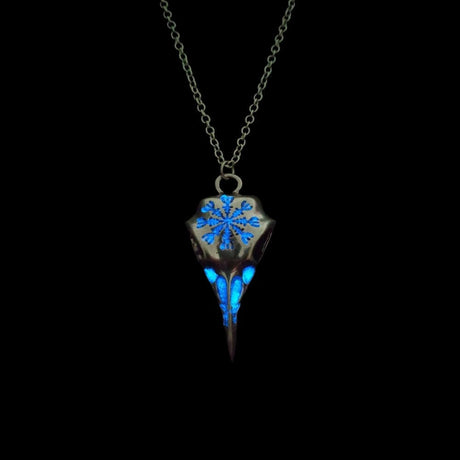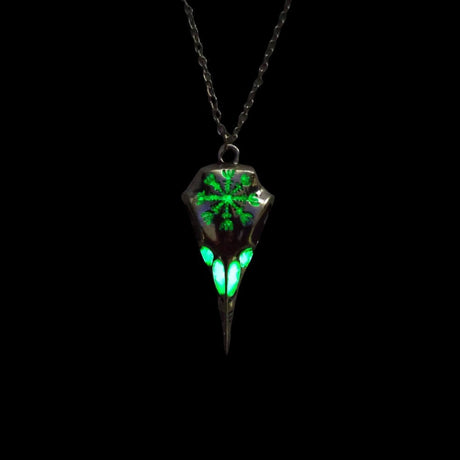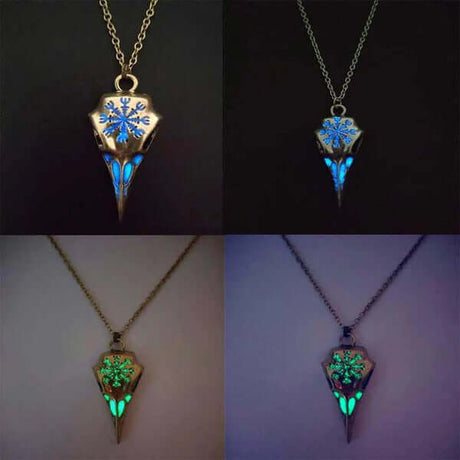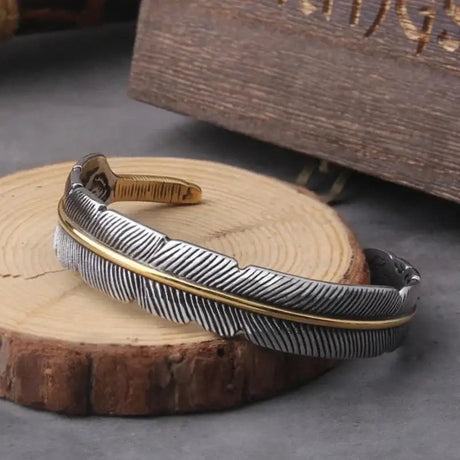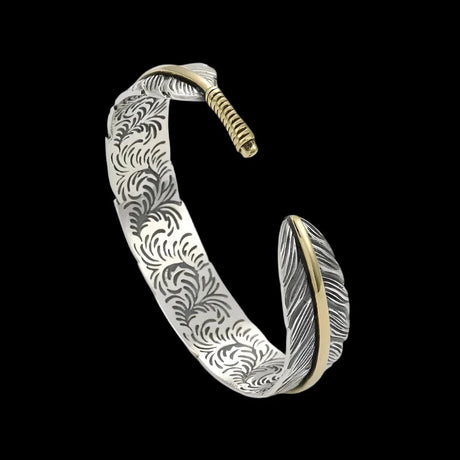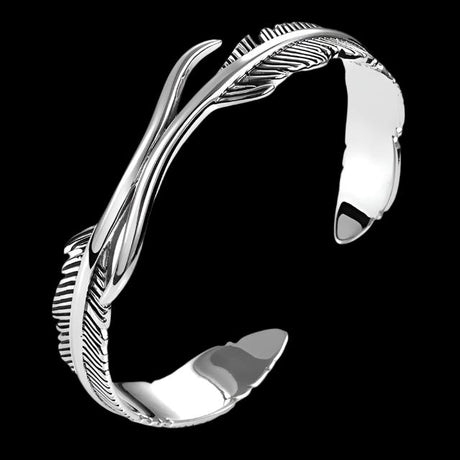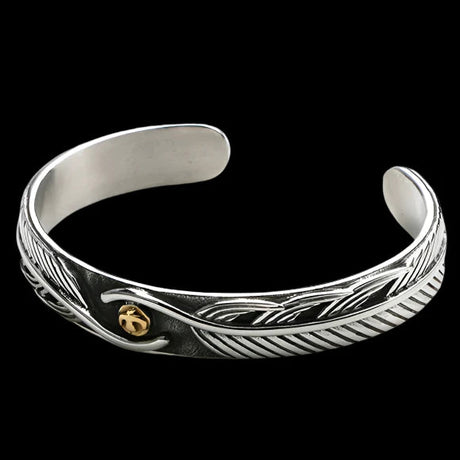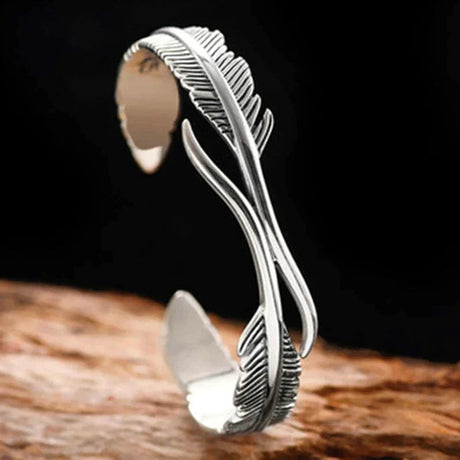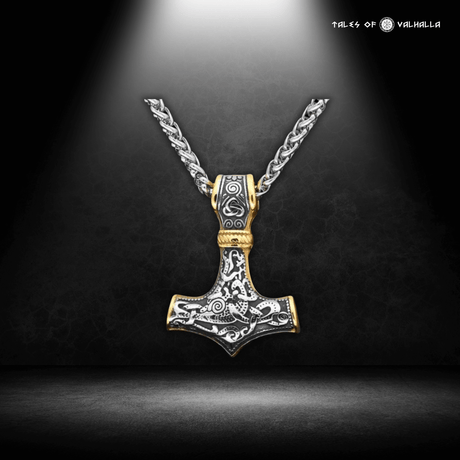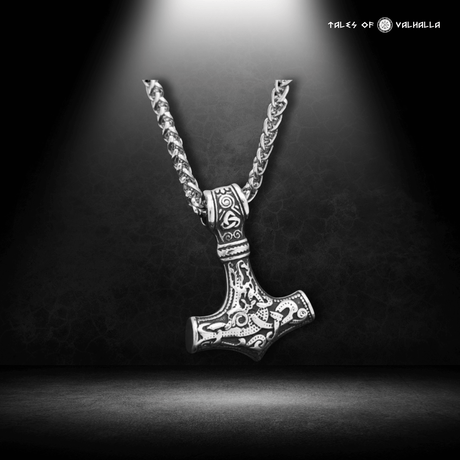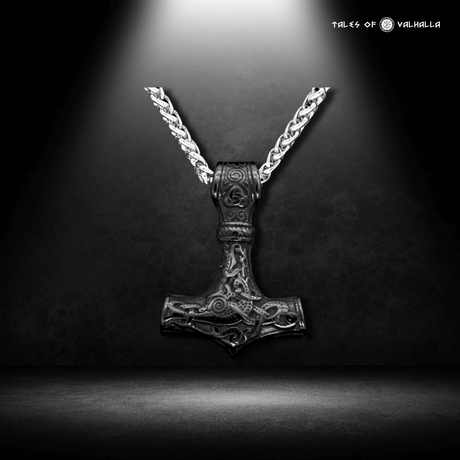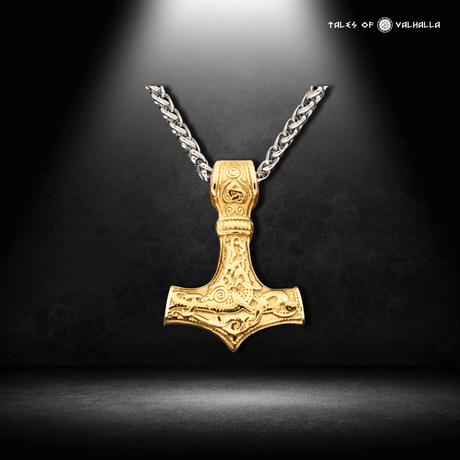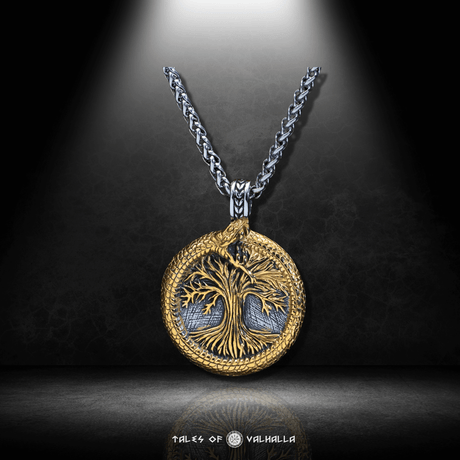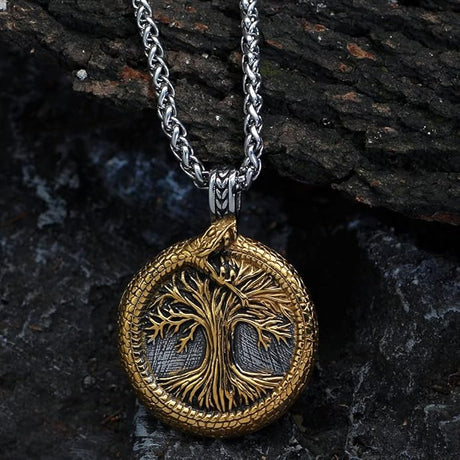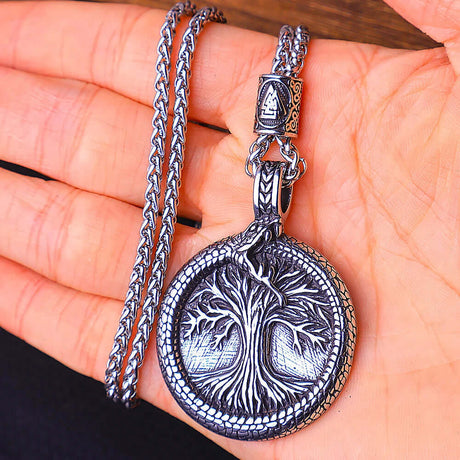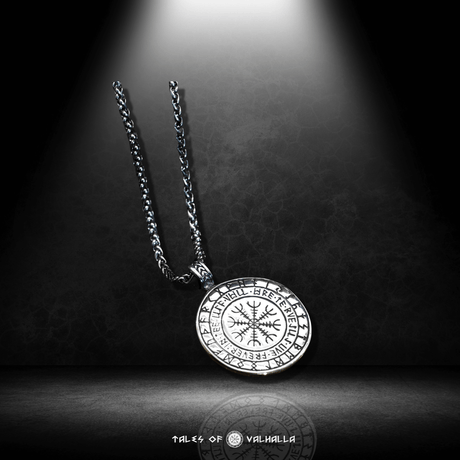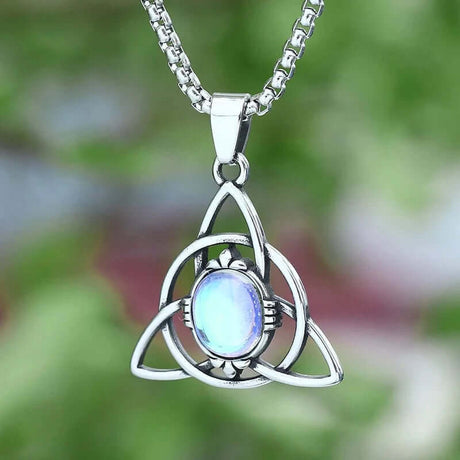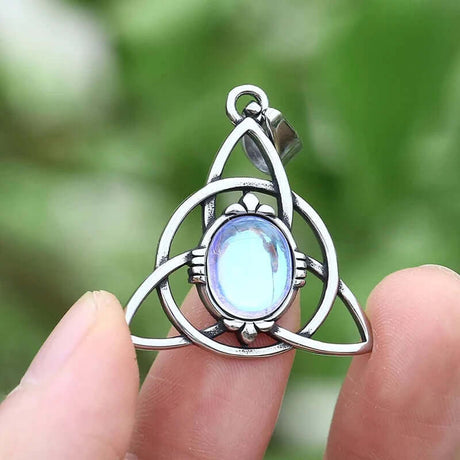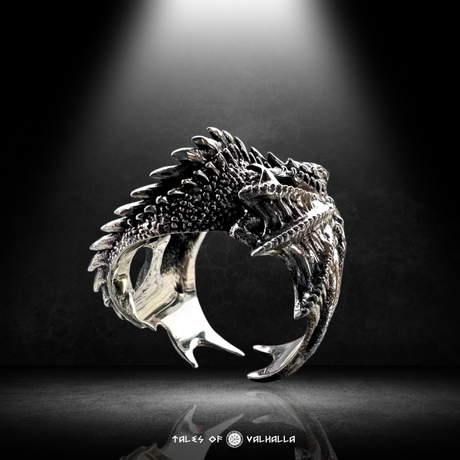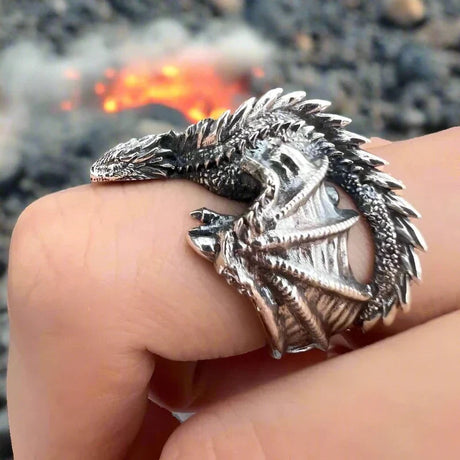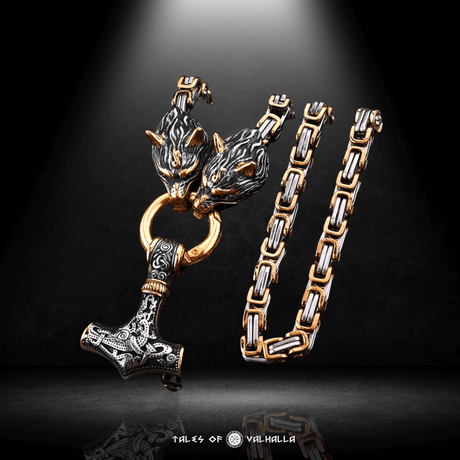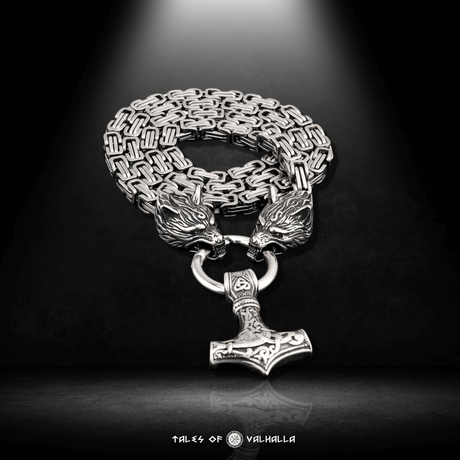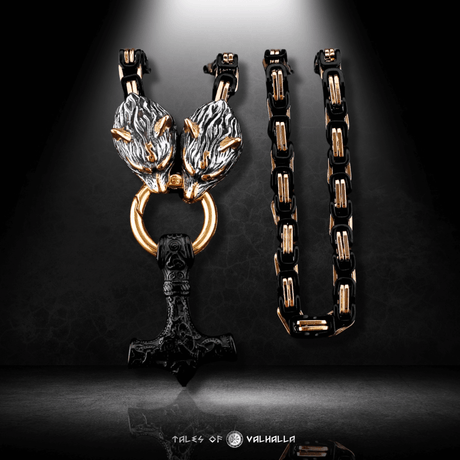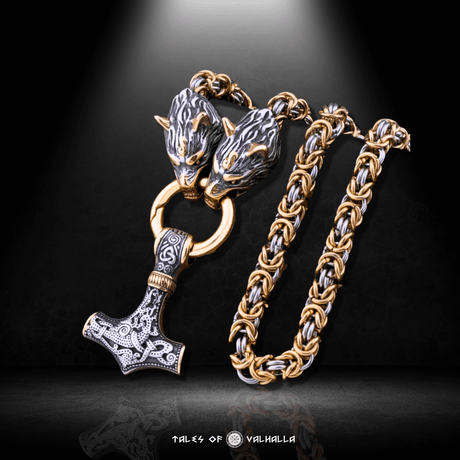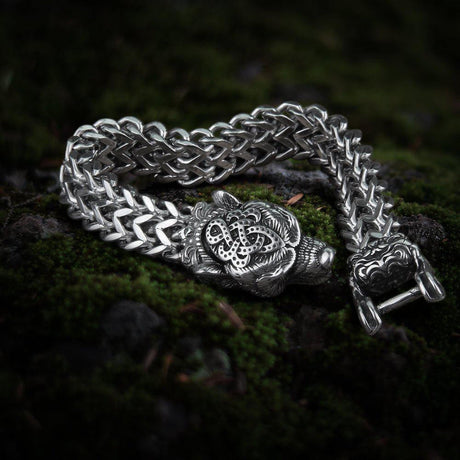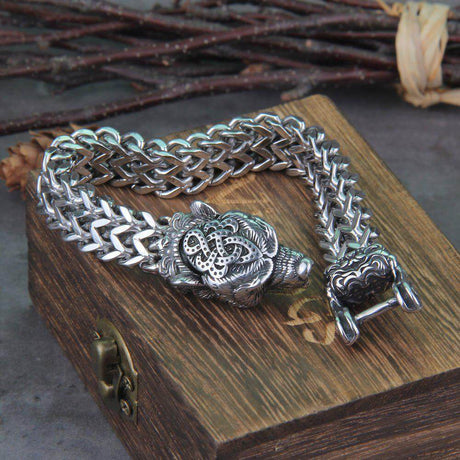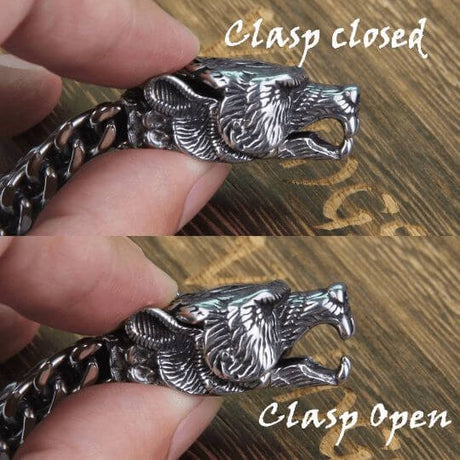When we picture the Viking Age, our minds often turn to the Danelaw in England or the founding of Normandy in France. But there's another, equally dramatic and enduring saga that unfolded in the misty lochs and windswept islands of the North: the story of the Scottish Vikings. This wasn't just a tale of coastal raids; it was a centuries-long epic of conquest, settlement, and cultural fusion that fundamentally reshaped the identity of Scotland.
For nearly 500 years, vast swathes of what is now Scotland were under Norse rule. The Scottish Vikings established powerful earldoms, built strongholds, and created a unique and influential culture that blended Norse and Gaelic traditions. This deep dive will journey into the heart of this forgotten kingdom, exploring the history, the key figures, the archaeological evidence, and the incredible legacy of the Scottish Vikings. Prepare to see the history of Scotland in a new and fascinating light.
Before the Longships: The Lands of the Picts and Gaels
To understand the impact of the Scottish Vikings, we must first envision the land they encountered. Late 8th-century Scotland was not a single, unified nation. It was a patchwork of different peoples and kingdoms.
- The Picts: A confederation of tribes who dominated the north and east of Scotland. They were a mysterious people, renowned for their intricate carved symbol stones.
- The Gaels of Dál Riata: An Irish Gaelic kingdom that controlled Argyll and the Inner Hebrides.
- The Britons of Strathclyde: A Brittonic kingdom in the southwest.
- The Angles of Northumbria: A powerful Anglo-Saxon kingdom that controlled territory in the southeast.
This fragmented political landscape, combined with a long and complex coastline, made the region a prime target for a new and ambitious seafaring power.
The First Wave: Fire, Fury, and the Raiding Years (c. 795 - 850 AD)
The story of the Scottish Vikings begins, as it did in so many other places, with fire and terror.

The First Wave: Fire, Fury, and the Raiding Years (c. 795 - 850 AD)
The Attack on Iona: A Sacrilege in the Holy Isles
The first recorded Viking raid in Scotland occurred around 795 AD, when Norse longships descended upon the holy island of Iona. This was no ordinary monastery; Iona was the heart of Celtic Christianity, founded by St. Columba, and a center of immense spiritual significance and wealth. The Vikings sacked the monastery, killing monks and plundering its treasures. This was a profound shock, signaling the arrival of a fearsome new force.
The Nature of Early Raids
For the next several decades, this became the pattern. The raiders, primarily from Norway, used their superior longships to conduct swift, brutal, hit-and-run attacks on coastal and island monasteries. These were not invasions of conquest but violent smash-and-grab operations for portable wealth and slaves.
Story Vignette 1: The Monk's Lament
Brother Adomnán huddled in a hidden sea cave, the precious illuminated manuscript of the Gospels clutched to his chest. The smell of smoke from the burning abbey on Iona choked the air, and the screams of his brethren still echoed in his ears. He had seen the dragon-prowed ships appear out of the morning mist like nightmares given form. He saw men who fought with the fury of wolves and cared nothing for the sanctity of their holy place. These Northmen were a new kind of terror, a storm that threatened to extinguish the light of faith in the isles. This was his first, terrifying encounter with the men who would become known as the Scottish Vikings.
The Second Wave: Conquest, Settlement, and the Kingdom of the Isles
Around the mid-9th century, the strategy of the Scottish Vikings began to shift. They were no longer content with just raiding; they came to conquer and to stay.
The Creation of a Norse Powerhouse
The Vikings, primarily Norwegians, began to seize land and establish permanent settlements. Their primary targets were the archipelagos to the north and west of the mainland:
- Shetland and Orkney (The Northern Isles): These islands were the first to fall under complete Norse control. They became a powerful Viking earldom, a crucial staging post for raids and a center of Norse culture for centuries.
- The Hebrides and the Isle of Man (The Southern Isles, or Suðreyjar): The Vikings also conquered these islands, creating a maritime kingdom that controlled the vital sea lanes of the Irish Sea.
The Kingdom of the Isles (11th - 13th Century)
From these conquests, a unique and powerful political entity emerged: the Kingdom of the Isles. This was a sea-kingdom, its power based not on vast tracts of land, but on naval supremacy and control of the islands and coastal regions. For a time, it was a major power, rivaling the growing Kingdom of Alba (the precursor to Scotland) on the mainland. The rulers of this kingdom, a line of powerful Hiberno-Norse sea-kings, were the ultimate embodiment of the Scottish Vikings.
The Gall-Gaidhil: The Foreign Gaels - A Blended Culture
The most fascinating aspect of the Scottish Vikings is the cultural fusion that occurred. The Norse settlers did not simply replace the existing populations; they integrated with them.
- Intermarriage: Viking men intermarried with local Pictish and Gaelic women.
- Linguistic Blending: The Norse language blended with Gaelic, creating new dialects and leaving a lasting mark on the languages of the region.
- A New Identity: This fusion created a new, distinct culture: the Gall-Gaidhil, or "Foreign Gaels." These were people of mixed Norse and Gaelic ancestry who embraced elements of both cultures. They were a powerful and often unpredictable force in the politics of the time, sometimes allying with their Norse kin, sometimes with their Gaelic neighbors.
Story Vignette 2: The Jarl's Granddaughter
Astrid, the granddaughter of a powerful Norwegian Jarl in Orkney, sat with her Gaelic grandmother, Morag. Morag taught her the old Gaelic songs of the islands, while Astrid's father had taught her the sagas of Odin and Thor. She wore a traditional Norse apron dress, but it was fastened with a beautiful penannular brooch of Celtic design. She spoke a lilting dialect that mixed the hard consonants of Old Norse with the melodic cadence of Gaelic. She was a Gall-Gaidhil, a child of two worlds. Her identity was a living testament to the complex legacy of the Scottish Vikings.
Archaeological Echoes: Unearthing the Scottish Vikings
The evidence for the deep and lasting presence of the Scottish Vikings is not just in the historical records; it's buried in the very soil of Scotland.
Graves and Hoards: Treasures of the Northmen
- The Scar Boat Burial (Orkney): Discovered in 1991, this was the burial of three high-status individuals—a man, a woman, and a child—interred in a 22-foot-long boat around 875-950 AD. The grave goods included a sword, a quiver of arrows, a gaming board, and a beautifully carved whalebone plaque, offering a stunning snapshot of Viking life in Orkney.
- The Galloway Hoard (Dumfries and Galloway): Unearthed in 2014, this is one of the richest and most significant Viking hoards ever found in Britain or Ireland. It contains over 100 objects of gold, silver, and other materials, including arm rings, ingots, a unique silver cross, and a Carolingian silver pot filled with treasures. It demonstrates the immense wealth accumulated by the Scottish Vikings through raiding and trade.
- The Port an Eilean Mhòir Boat Burial (Ardnamurchan): The first undisturbed Viking boat burial to be discovered on the UK mainland. This 10th-century grave contained a warrior buried with his sword, axe, spear, and shield, a complete warrior's arsenal.
Settlements and Place Names: A Lasting Footprint
The Norse presence is also carved into the very landscape of Scotland.
Viking Longhouses: The remains of Viking longhouses have been excavated at sites like Jarlshof in Shetland, Brough of Birsay in Orkney, and in the Hebrides.
A Map of Norse Influence: The most enduring legacy is in the place names. In the Northern and Western Isles, the vast majority of place names are of Old Norse origin. Suffixes like:
- -bister, -bost, -sta (from bólstaðr, meaning "farm")
- -ay (from ey, meaning "island")
- -ness (from nes, meaning "headland")
- -wick (from vík, meaning "bay")
- ...are all direct linguistic footprints left by the Scottish Vikings.
- Table: A Snapshot of Key Archaeological Finds
| Site Name | Location | Type of Find | Key Artifacts / Features | Significance |
| Jarlshof | Shetland | Multi-period Settlement | Viking longhouses, workshops, evidence of ironworking and fishing. | Shows a continuous settlement over centuries, illustrating the evolution of Viking life in Shetland. |
| Scar Boat Burial | Orkney | High-Status Boat Burial | Sword, quiver with arrows, gaming board, carved whalebone plaque ("the Scar Dragon Plaque"). | Provides incredible insight into the burial customs and material culture of the ruling elite of the Scottish Vikings. |
| Galloway Hoard | Dumfries and Galloway | Massive Silver Hoard | Silver arm rings, ingots, a unique silver cross, a Carolingian pot filled with treasures. | Demonstrates the immense wealth and the diverse cultural contacts of the Vikings in Scotland. |
| Brough of Birsay | Orkney | Settlement and Ecclesiastical Site | Viking longhouses built over earlier Pictish structures, evidence of a powerful Norse earldom. | Shows the process of Norse settlement and their interaction with the existing Pictish culture. |
| Port an Eilean Mhòir | Ardnamurchan | Undisturbed Boat Burial | Sword, axe, spear, shield boss, ring-pin. | The first intact boat burial found on the UK mainland, providing a complete picture of a warrior's burial. |
The Waning of Norse Power: The Long Goodbye
The era of the Scottish Vikings did not end overnight. It was a gradual process of political change and cultural assimilation that spanned centuries.
The Battle of Largs (1263): A Turning Point
The Battle of Largs is often cited as a symbolic turning point in the struggle for control of the Western Isles. King Alexander III of Scotland faced King Haakon IV of Norway. The battle itself was indecisive, fought amidst a terrible storm that damaged the Norwegian fleet. However, the campaign was a strategic failure for the Norwegians. Haakon died in Orkney on his way home, and the battle marked the last major Norwegian invasion of Scotland.
The Treaty of Perth (1266): The Ceding of the Isles
Three years after Largs, the Treaty of Perth was signed between Norway and Scotland. Norway formally ceded the Hebrides and the Isle of Man to Scotland in exchange for a large sum of silver. This officially ended Norwegian sovereignty over the Southern Isles.
The Northern Isles: The Last Stronghold
Orkney and Shetland, however, remained under Norwegian (and later, Danish) rule for another 200 years. It was only in 1468 (Orkney) and 1469 (Shetland) that the islands were pawned to the Scottish crown as part of a royal marriage dowry that was never paid.
The Enduring Legacy: The Viking Blood and Spirit in Modern Scotland

The Enduring Legacy: The Viking Blood and Spirit in Modern Scotland
The influence of the Scottish Vikings is deeply woven into the fabric of modern Scotland.
- A Genetic Heritage: Modern DNA studies have shown that the population of the Northern and Western Isles, in particular, has a very high percentage of Scandinavian genetic heritage. In Shetland and Orkney, this can be as high as 25-30% of the Y-chromosome (male) lineage. The blood of the Scottish Vikings still flows in the veins of the people today.
- Language and Dialect: The dialects spoken in Orkney and Shetland (known as Insular Scots) are rich with words of Old Norse origin, a living legacy of their Viking past.
- Culture and Folklore: The folklore, music, and traditions of the islands still bear the mark of their Norse heritage. The world-famous Up Helly Aa fire festival in Shetland is a spectacular modern celebration of this Viking past.
- A Blended Identity: The story of the Scottish Vikings is ultimately one of fusion. It is a reminder that Scottish identity is not a single, monolithic thing, but a rich and complex tapestry woven from many different threads—Pictish, Gaelic, Brittonic, Anglo-Saxon, and, undeniably, Norse.
Conclusion: The Forgotten Kingdom of the North
The saga of the Scottish Vikings is a powerful and often overlooked chapter in the history of both Scotland and the Viking Age. They were more than just raiders; they were conquerors, settlers, traders, and founders of a kingdom that endured for centuries. They fought against the Gaels and Picts, but they also married them, creating a new, vibrant culture that has left a lasting legacy.
From the treasure-filled hoards buried in the earth to the Norse words still spoken in the dialects of the Northern Isles, the evidence of their presence is undeniable. The Scottish Vikings shaped the destiny of the islands and coasts, and their story is a crucial part of what makes Scotland the nation it is today. To explore the history of Scotland without acknowledging its deep and enduring Viking roots is to miss a fundamental part of its epic tale.

